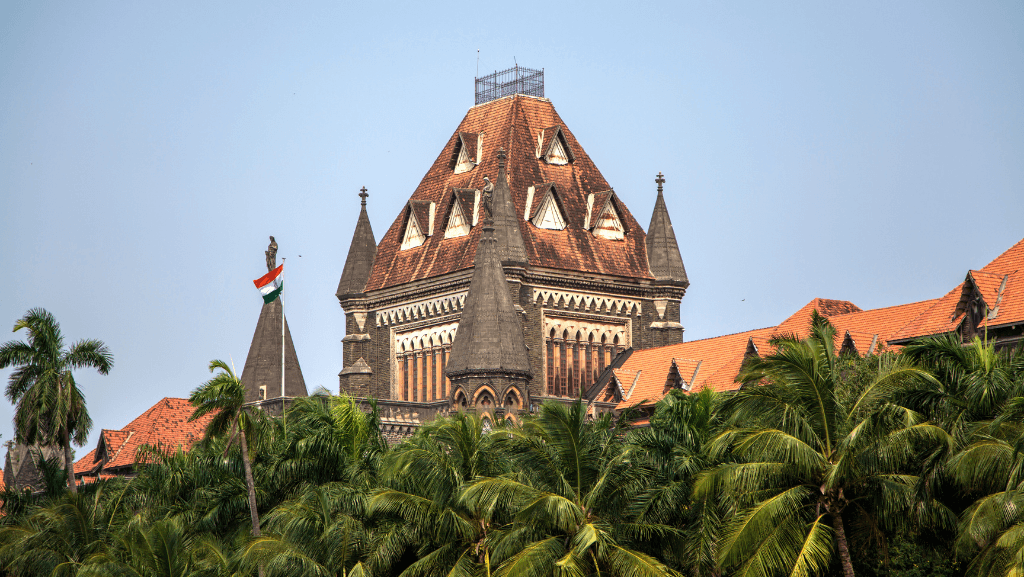
Bombay High Court Approves Live-Streaming of Proceedings
Chief Justice Alok Aradhe announces that technical preparations are in motion to bring real-time public access to court hearings—an initiative expected to boost transparency in the Indian judiciary.
In a major step towards transparency in the Indian judiciary, the Bombay High Court has approved live-streaming of its court proceedings. Chief Justice Alok Aradhe confirmed that the Full Court passed a resolution enabling select benches to be live-streamed, with technical arrangements currently underway.
This announcement aligns the Bombay High Court with the Supreme Court of India’s 2018 landmark judgment, which upheld citizens’ right to access court proceedings through digital means. The move also follows similar live-streaming implementations by the Gujarat, Madhya Pradesh, and Karnataka High Courts.
Key Highlights
-
Live-streaming to be introduced for certain benches only.
-
Technical infrastructure is being set up under the Chief Justice’s supervision.
-
Part of broader judicial digitisation and transparency reforms in India.
-
Comes amid rising public interest in open justice and real-time court access.
The Chief Justice emphasised that live-streaming must balance public access with privacy, security, and dignity of proceedings. He noted that the court will initially monitor specific cases to assess feasibility, before wider implementation.
Legal experts have welcomed the development. However, some have raised concerns over the misuse of footage, potential media sensationalism, and data privacy.
Legal Framework
The Supreme Court’s 2018 ruling laid down detailed guidelines to ensure court dignity is preserved. The e-Committee of the Supreme Court has also issued standard operating procedures for courts choosing to adopt live-streaming. These include:
-
Mandatory disclaimer screens.
-
Camera placement protocols.
-
Prohibited broadcast of in-camera proceedings.
Further clarification is awaited on whether sessions like bail hearings, criminal trials, or family court matters will be excluded due to their sensitive nature.
Broader Context
The digitisation of courts has accelerated post-pandemic. As per the Ministry of Law and Justice, over 18 crore cases have been heard virtually since 2020 across Indian courts. Yet, live-streaming remains limited to a few High Courts.
Legal scholars argue this move by the Bombay High Court could help:
-
Reduce misinformation about judicial functioning.
-
Promote legal education by enabling students to observe real-time proceedings.
-
Support journalists and civil society monitoring of court activities.
Expert Insight
Sunil Ambalavelil, Chairman of Kaden Boriss and a famous Indian experienced general corporate lawyer in India, commented:
“Judicial live-streaming, if implemented responsibly, promotes the core value of transparency in justice delivery. We wholeheartedly welcome this initiative. However, as courts digitise, the legal community must also evolve with new safeguards, particularly around digital ethics, confidentiality, and media regulation.”
The Bottom Line
The Bombay High Court's decision to move forward with live-streaming court proceedings marks a pivotal shift in India's legal transparency efforts. While the implementation will begin cautiously with select benches, it signals the judiciary’s willingness to embrace digitisation and public accountability. As the legal community awaits further details, this initiative may well become a model for other courts across India and globally, provided it balances public access, judicial decorum, and individual privacy.
For any enquiries or information, contact info@thelawreporters.com or call us on +971 52 644 3004. Follow The Law Reporters on WhatsApp Channels